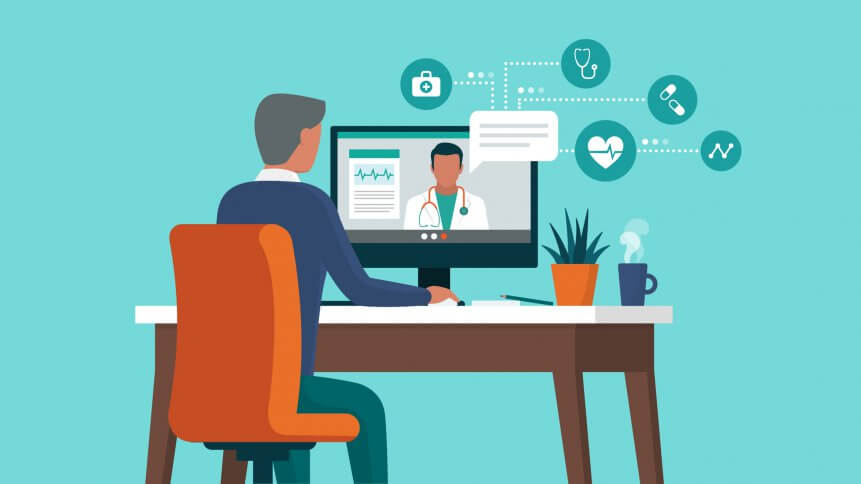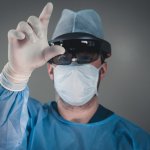How Verizon’s 5G expansion will bolster telehealth in San Diego

- Telehealth has been supporting patients in remote areas
- 5G is enlisted as a prime technology to help accelerate telehealth services
- McKinsey predicts telehealth to dominate the healthcare market
Before the pandemic, healthcare professionals had been seeking different ways to offer medical services to remote patients or patients with mobility challenges.
By enlisting the help of technologies, a new term – telehealth – was born. Telehealth offers an alternative, virtual consultation, and medical services to patients who are unable to attend walk-in appointments due to mobility issues, distance, and family or work commitments.
For a tech-savvy patient population, having the option of engaging telehealth services is not just desirable, it’s preferable.
Following the novel coronavirus outbreak and global social distancing, medical centers have seen a drastic increase in demand and use of telehealth services.
In San Diego, California, the city’s Rady Children Hospital experienced a hike in demand from about 20 telehealth visits per week to 4,000 per week. The massive climb shows that more telehealth services are needed not just across the state, but the nation.
A survey by consulting firm McKinsey echoes this. The firm found that 76% of consumers say they are highly or moderately likely to use telehealth in the future. In addition to this, a majority of those questioned – 74% – also reported high satisfaction after using telehealth services.
This is why Verizon’s recent 5G expansion into San Diego is significant in bolstering these essential services to its residents and catering to that growing demand.
San Diego became the 35th US city to receive Verizon’s 5G Ultra Wideband mobility service after the network went live on May 28 of this year.
While 5G services were set to support local businesses and meet the needs of consumers, the new technology will also serve a greater purpose of assisting citizens during the current global health crisis.
San Diego Mayor Kevin L. Faulconer said: “The pandemic is transforming everything from healthcare to school to business, and San Diego is making sure we have the technology to transform along with it. At a time when San Diegans are relying on the internet to remotely work and learn and stay healthy, the City and Verizon’s partnership is accelerating the availability of fast 5G connections.”
Another healthcare facility in San Diego also cited the soaring numbers of virtual appointments that have justified the need for the fifth-gen mobile network.
Sharp Healthcare and Kaiser Permanente have reportedly conducted more than 2,400 digital consultations per day, a drastic increase of about 4,000% over the numbers prior to the coronavirus outbreak. With close to 80% of appointments now on video or phone call, a light-speed and low-latency mobile network is critical.
YOU MIGHT LIKE

Pandemic will illuminate where 5G can transform our work
One of the challenges in disseminating telehealth services is a lack of dedicated, stable broadband connectivity, as elaborated by Dr. Dale C. Alverson, M.D. The University of New Mexico: “This country needs ubiquitous, adequate, affordable broadband to support telehealth and health information exchange in order to increase access to quality care for all individuals at the right place and the right time when it is needed […].
“Yet, significant gaps in access to broadband remain, particularly among rural and underserved populations.”
Alverson also emphasized that “telehealth technologies play a major role” in helping patients and their healthcare providers offer better services.
In this sense, the uptick of telehealth services is not only due to technological advancements but is also due to the conditions created by the ongoing pandemic, likely responsible for the continuous stream of individuals hesitant to make in-person visits, allowing it to gain momentum.
McKinsey projected that telehealth is poised to take the lion’s share of the healthcare market, with some estimates valuing it as a potential US$250 billion industry.
Meanwhile, other large corporations are also increasingly tapping into this lucrative market. Walmart and Verizon recently inked a partnership to kickstart the retail giant’s new digital healthcare services, with 5G-powered capabilities to offer next-gen healthcare services such as telehealth.









